Zagreb
Things to do in Zagreb in winter – Christmas in Zagreb
For three years in a row, Zagreb won the award for the best Christmas fair (Advent) in Croatia. In the season 2021-2022, the Christmas and New Year's Advent program is dedicated to children's toys. It will delight not only children, but also those adults who, in childhood, unpacking a gift, found Disney characters (the only factory in the socialist camp with a license from Disney was located in Zagreb).
Advent 2022 is equipped with an augmented reality program, thanks to which it will be possible to “travel back in time” in different parts of the city using a mobile phone. Thus, adults will be able to acquaint children with the world of their childhood, their toys.
Of course, it will not do without colorful shows, concerts, attractions, music, goodies, street food, sweets and traditional pastries.
More information about the program of festivities can be found in the official brochure by downloading it from the link: Program and map of Zagreb with New Year and Christmas events (Advent) , 2021/2022.
In winter, Zagreb becomes popular thanks to the Sljeme ski resort, which regularly hosts international slalom competitions.
It is located just 10 km from the capital, in the Medvednica Natural Park. With trails of any difficulty and numerous hiking trails that pass through the spruce and beech forests. Walking along them, you can also visit the Veternitsa cave, the Zrinsky mine, the Medvedgrad Fortress. Entrance ticket prices range from 2 euros (children) to 3 euros (adults).
What to see in Zagreb
In such a short time, you can manage to get around the city center, which is divided into two historical parts.
Upper Town is an area on a hill that gave the name to the capital of Croatia – “city on an embankment”, from the Slavic “zagrebъ”. It is mentioned in documents for the first time in 1094. A walk along it will immerse you in the atmosphere of medieval antiquity.
Lower Town – part of the center, built in the 19th century. A different spirit is already felt here – the modern European capital.
Lower and Upper Zagreb are connected by the world's shortest funicular (only 66 m) and stairways. The Zagreb funicular is considered a cultural monument of the Croatian capital – its appearance has not changed since the day of its launch, which happened on April 23, 1893.
There are more than 10 parks between the Upper Town and the railway station in the Lower Town, which form a common park space “Green Horseshoe”.
Zagreb city center map
The area on the map, located above the horizontal line of tram tracks along Ilica street with many icons in the form of castles, is the Upper Town, and the one below it is the Lower.Upper Town (Gornji Grad)
Hradec is the oldest part of Zagreb, the heart of the Upper Town. The historic district, where the main attractions of Zagreb are located: Cathedral, Stone Gate, Parliament (Sabor), Constitutional Court, St. Mark's Church.
In a short video – everything that can be seen in 1 day in Upper Zagreb.
Zagreb Cathedral
It is considered a magnificent monument of Gothic architecture in this part of Europe. He has a rather dramatic fate. The construction of the cathedral began in 1094, and almost 100 years later, the Mongol-Tatars destroyed it. It was restored in the Gothic style in 1270. For many centuries, they completed the construction, erected fortress walls to protect against the Ottoman Empire. In 1632, a bell tower was built, already in the late Gothic style.
In 1880 the Cathedral suffered from the strongest “Zagreb earthquake” again. The restoration work lasted 26 years. And this time neo-Gothic style began to prevail in architecture.
An earthquake in March 2020 destroyed the southern neo-Gothic spire.
How long it will take to recover this time is unknown. I managed to visit the Cathedral a year earlier, so the spire is still intact in the photographs.
The Lotrščak Tower (Kula Lotrščak)
Next to the upper station of the Upper Town funicular, there is the Lotrscak defensive tower, built in the 13th century. Later it was completed and rebuilt. At the beginning of the 19th century, a Grički top cannon was installed on the top, which fired at noon.Today, the tower functions simultaneously as an observation deck, an art exhibition and a souvenir shop.
The Ribnjak Park (Park Ribnjak)
The Ribnjak Park stretches along the walls of the Zagreb Archdiocese, in particular the Croatian Catholic University. The park owes its “fishy” name to the Bishop, who loved to fish in the local pond on Fridays in the old days.
Today it looks like a typical English park, divided by a medieval wall, on one side of which church life continues to flow, and on the other – noisy secular life.
Inside the park there is also an Art space – Art Park Zagreb with playgrounds and places for street art exhibitions.
Ban Jelačić Square
The main square of Zagreb is named after the count, ruler of Croatia in the 19th century (ban, governor) of the Austrian emperor. Josip Jelacic advocated secession from the Kingdom of Hungary, but with the preservation of autonomy within the Austrian Empire.In Hungary, this historical character is unpopular due to his involvement in the suppression of the revolution against Austria. In Croatia, there are both admirers of the “father of Croatia” and critics who stand for the position of complete independence from the empire.
The area is considered pedestrian. But with tram lines, thanks to which the center can be reached from almost any part of Zagreb.
The Stone Gates (Kamenita vrata)
The stone gate is the only surviving gate of the fortifications of Zagreb Hradec. Built in the 13th century, they were rebuilt in 1760. They are a fortress tower with a passage of 90 degrees, inside which the chapel of the Virgin of the Stone Gate is built. It contains one of the main shrines of the capital, and possibly the whole country – the icon of the Virgin and Child (Majka Božja od Kamenitih vrata).The icon became especially revered after it survived the great fire of 1731. She was found standing among the ashes, completely unharmed. Only the frame burned out. On the icon, the Mother of God is depicted in the form of a ruler holding a scepter in her left hand, and a little Jesus in her right.
In 1991, the Archbishop of Zagreb proclaimed the Mother of God of the Stone Gate as the patroness of the city. Due to the huge number of tourists, for safety, the city shrine is protected by a metal grill and mesh on weekdays.
But I was lucky enough to contemplate it without bars on the City Day (more on the video).
In the navigator, this place is easier to find at Pavla Radica 3a.
The Church of St. Mark
It is believed that the parish church of St. Mark. The brand has existed since the formation of Zagreb Hradec. Throughout the history of Zagreb, fires, earthquakes, wars have made their changes in its architecture. The church was destroyed several times.
The Church of St. Mark acquired its present appearance thanks to the efforts of the architect Hermann Bolle (the author of the towers of the Zagreb Cathedral). It was according to his project in 1882 that the roof was laid with glazed tiles with the coats of arms of the city of Zagreb and the Triune Croatian Kingdom (the common coat of arms of Croatia, Dalmatia and Slavonia).
To the right of the Church of St. Mark is the Croatian Parliament (Sabor). Its building was restored in the XX century, after the bombing by the Yugoslav army – this was the response Croatia received to the declaration of independence from the balcony of Sabor.
Dolac Market
City farmers' market, with a huge selection of agricultural products, meat and fish pavilions. Delicious place. The assortment is wide, everything that Croatia is proud of is represented. This is how Dolac differs from the markets of other towns where local products prevail.For example, there are many fresh river and sea fish in Zagreb. And in Pula, which is famous for its decent selection of seafood, there is almost no freshwater fish. There are many home and farm cheeses for every taste: cottage cheese, hard, soft, smoked, from goat, sheep, cow milk. Trays are full of seasonal vegetables, fruits, berries. Lots of figs. A pleasant difference between the capital market and the seaside ones is the reasonable prices. It is clearly geared towards locals and not tourists as is usually the case in tourist destinations.
Red umbrellas above the trays are Dolac's business card. In the 20th century, a red umbrella with stripes was part of the national dress. Fashion came from the Šestine area. The umbrellas are called Shestinsky. The singer Gabi Novak has a soulful song Šestinske ambrele, in which she calls them “the best flowers of the City”.
Photo gallery of the Old Town
[modula-link id=”1846″]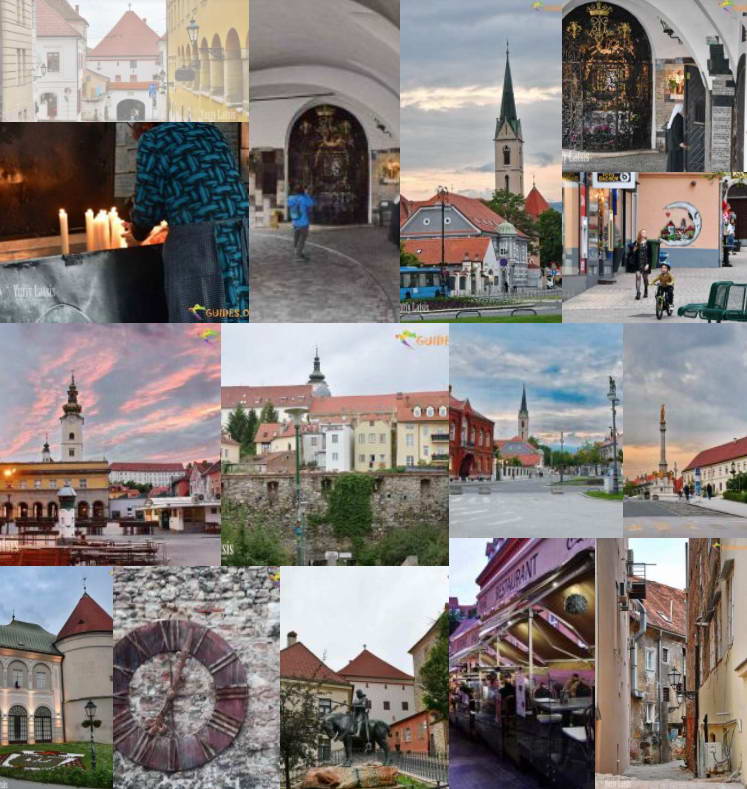
[/modula-link]
Lower town (Donji grad)
Zrinjevac Park
Zrinjevac is a colorful park in the center of Lower Zagreb, that part of the capital that belongs to the architecture of the 19th century. Surrounded by historic buildings, there are numerous flower beds, fountains, alleys, sculptures and monuments. The benches, generously “scattered” in the park, are never empty – this is a favorite place for the townspeople.Before the city improvement project appeared, a livestock fair was held at this place at the end of the 18th century. Hearing about the plans of the authorities to create a green park here, the merchants were outraged. After all, this meant depriving them of their profitable place.
Nowadays, in the music pavilion, built in 1891, concerts of classical music are regularly held. In the alleys of the park, artists like to exhibit their works. This place is also loved by the organizers of city fairs, which are held here many and different. But it's especially smart and crowded here at Christmas.
Meteorological station
A meteorological post established in 1884 has been preserved in Zrinjevac Park. Then the local doctor Adolf Holzer, who is fond of meteorology, built the so-called metrological column.
German antique devices that record temperature, humidity, pressure are still functional. Dr. Holzer used his hobby very actively for scientific purposes. He studied the influence of climate and weather on human well-being. At that time, these were daring scientific investigations, and meteorological instruments were the most accurate.
Who is Nikola Zrinski
The park and square are named after the outstanding Croat nobleman Nikola IV Zrinski. He is best known for the defense of Sigetvar, a fortress that stood in the way of the Ottoman troops led by Suleiman the Magnificent in the second campaign to Vienna.
More details about this extraordinary personality – in the material below, under the “+”. It will definitely be interesting to those who are interested in the history of medieval Europe.
Strossmayer Park
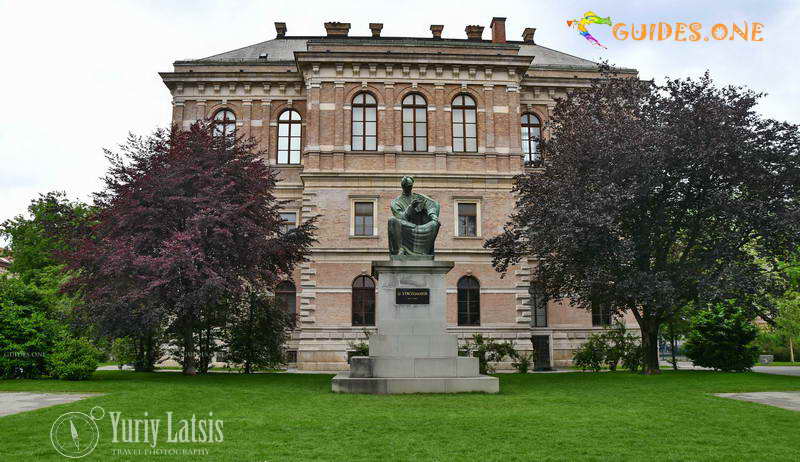
Monument to Bishop Strossmayer, after whom the park is named. In the background – Archaeological Museum
A Catholic bishop revered in Croatia, political and public figure, philanthropist. Supported the strengthening of Croatian autonomy in the Austro-Hungarian Empire. He proposed to Pope Pius IX to revive Slavic worship in the Croatian dioceses and the study of Glagolitic alphabet in Dalmatia. He was the leader of the People's Party.
With his mediation, agreements (concord) were concluded between Montenegro and the Vatican, Russia and the Vatican. This is a kind of international convention with the Vatican state, defining the rights of the Roman Catholic Church in another state.
King Tomislav Park (Kralj Tomislav park)
The park is named after the first king of Croatia, who ruled from 910-929.Tomislav, who previously held the title of Prince, was crowned by Pope Ivan X in 925. At the time of Tomislav, the Croatian Church was engaged in internal disputes between two factions, one of which supported the use of Slavic speech in the liturgies, the other – the Latin alphabet. The church held two councils, and in 927 the supporters of the Latin alphabet won (the controversy did not concern secular life). The actual transition of the church to the Latin alphabet took a long time. The Glagolitic alphabet was in use until the 15th century, and only then it began to be supplanted by the Latin alphabet.
Photo gallery of the Lower City
Transport
From the outskirts of Zagreb, you usually get to the center of Zagreb first by bus to the nearest tram line, and then by trams. Travel coupons can be purchased at ticket booths or from the driver. Their cost depends on the estimated travel time. A ticket for 30 minutes costs about 50 eurocents, at night it is twice as cheap. This principle is not convenient if there are traffic jams in the city and transport is delayed. It may happen that, expecting to get to the desired stop in 30 minutes, you get there in 45 or even an hour. Therefore, for those who plan to “gallop” around the entire city, it is more profitable to purchase a daily pass for 4 euros – it is valid both on buses and trams. You can also buy passes for several days at once.
A funicular runs between the Upper and Lower Towns. One way cost is about 50 eurocents.
You can get to the airport by city bus no. 290 or by Pleso prijevoz Croatia airlines bus for 30 kuna.
There is no direct rail link between Zagreb and Kiev. Today, unfortunately, not the best route is possible (in terms of time and cost): a trailed carriage to train No. 749 “Kiev – Vienna”, with a change in Budapest. Then transfer to the local train “Budapest – Zagreb”.
Direct routes Budapest – Zagreb
There is a direct train Budapest (station Déli) -Zagreb, Intercity No. 204, departure at 15:35, arrival at 21:05. Cost, depending on the day of the week and demand – from 40 € to 51 €.
There are two direct return routes from Zagreb to Budapest.
The first, the Eurocity train No. 158 Zagreb-Budapest, departs from Budapest (Déli train station) at 7.00 am and arrives in Zagreb at 16:59 pm. Travel time is almost 6 hours. Second, Intercity no. 210, departure time 4:35 pm, arrival at Budapest – Déli train station 10:24 pm.
Please note, if you use the Google maps route building service on the Budapest-Zagreb route, and choose a train connection, you may be offered a very strange option on the checkpoints, for example, part of the commuter train, then it is not clear what, then a little on foot, and somewhere in Budapest- Kelenfell transfer to Flexibus. All of this will be highlighted with a railway pictogram. The victory of the algorithm over common sense. Don't get fooled.
Actually, the Flexibus Budapest-Zagreb bus is the best option for money and time. Travel time is about 5 hours, the price is about 20-35 euros.
In the morning, there are two flights at 7:30 (arrival 12:55) from the Nepliget bus station, and at 7:55 from the Kelenfel bus station (arrival in Zagreb also at 12:25). The cost is about €35 when booking through the global website Flexibus.
In the evening at 18:30, 18:55 from the same bus stations, arrival in Zagreb at 23:55.
Train Vienna – Zagreb
The non-stop option is available with the Austrian carrier ÖBB.
Departure from Vienna 15:58 – arrival in Zagreb 22:28, start time 6 hours 30 minutes.
Train Zagreb – Vienna , departure 7:25 – arrival 14:08.
Tickets are sold for seats of two classes: standard, with a price of 30 euros, and 1st class, about 80 euros. The train has platforms for transporting cars.
& nbsp;
Parking in Zagreb
The city is divided into three zones. Street parking prices range from about 5 kuna (third zone) to 15 kuna (center). On weekends, some of them become free. Most likely those that are not in the very center. Covered parking is usually more expensive than street parking. At the entrance to the covered parking, there are displays with the tariff and the number of common and free spaces.
In Croatia, it is best to always have a supply of coins in the local currency – kune. Since they are the ones who pay for most of the parking lots. Covered parking lots, as a rule, are equipped with terminals accepting payment cards or paper money, but it is better to be on the safe side and still have coins. More than once I watched the terminal refuse to accept someone's card and reject paper banknotes.
It is more practical to plan a route in advance on a computer. This makes it easier to navigate the city later and draw up options for walking routes.
When traveling, it is more practical to use the parking application on your mobile phone. Utilities in the city are managed by the Zagreb Holding Company. They have their own applications called ZgPark in two versions for different operating systems: for Android, for iPhone
If suddenly you find yourself in an unpleasant situation with incorrect parking in Zagreb and this has led to blocking, car evacuation, a fine, then this one will help you Instrictions “where to run” from Zagreb Holding.
District Zagreb, including the autobahns, can be tightly clogged during peak hours, especially on the eve of holidays. In principle, it is advisable to monitor the ring roads of European capitals using the Google traffic jams service. This will reduce the risk of getting stuck for a long time. For example, when traveling from Ukraine to Croatia, driving through the center of Budapest with its numerous traffic lights takes less time than traveling along the district with its frequent repairs and accidents. Provided, of course, that on this day the Hungarian capital is not closed due to, for example, the arrival of a foreign delegation or the holding of a competition.
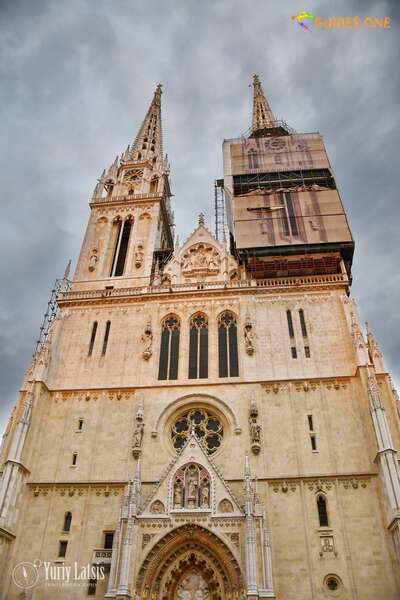
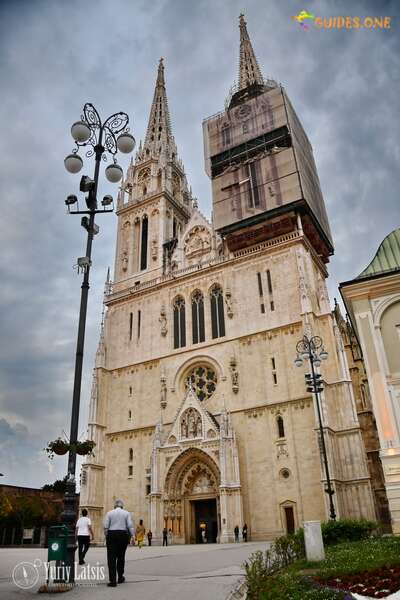
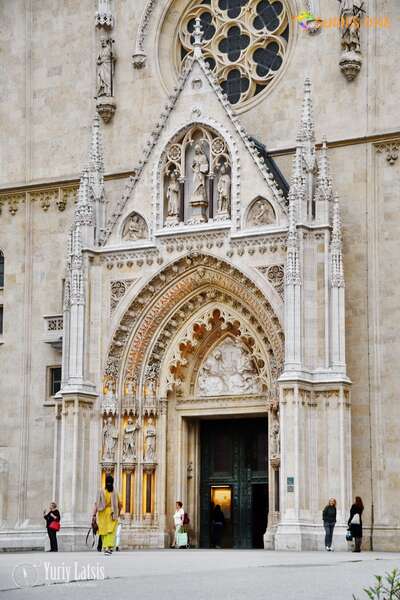
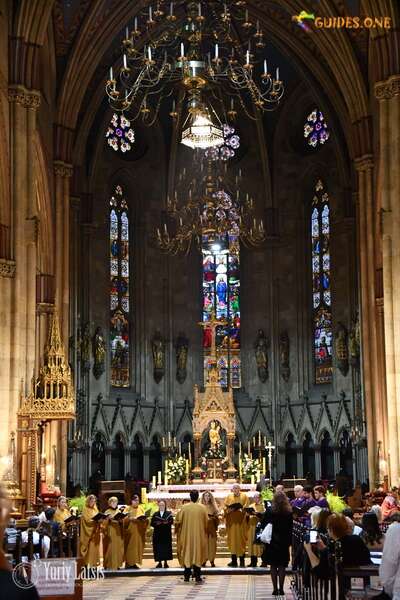
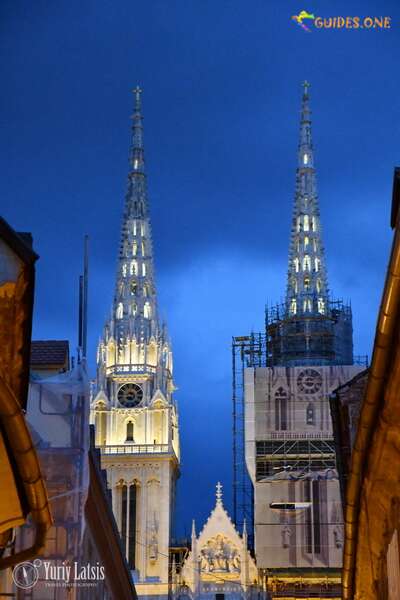
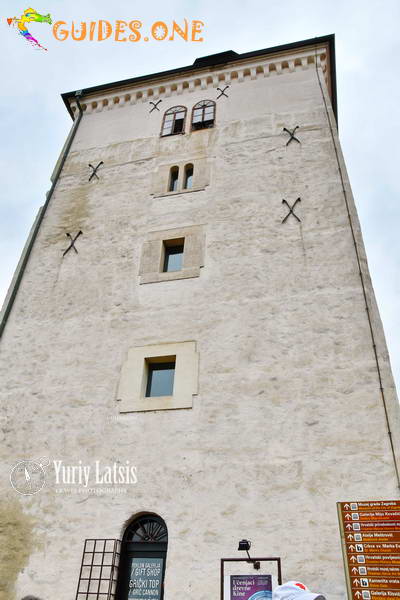
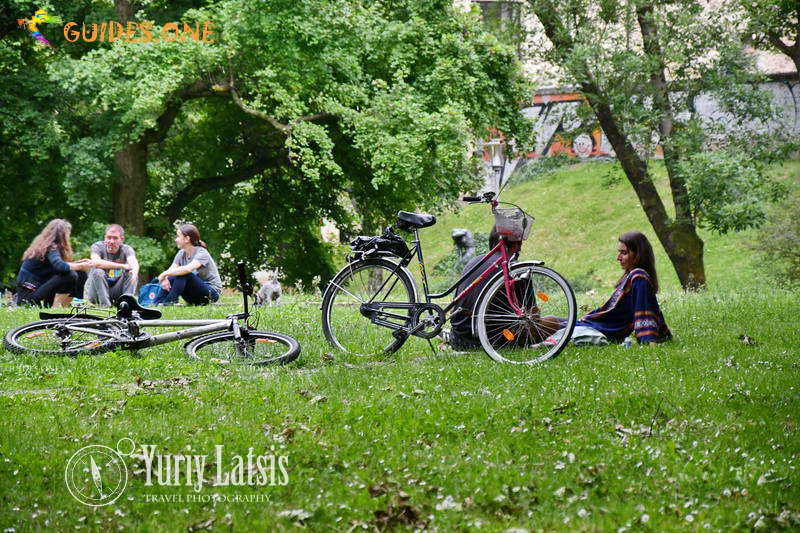
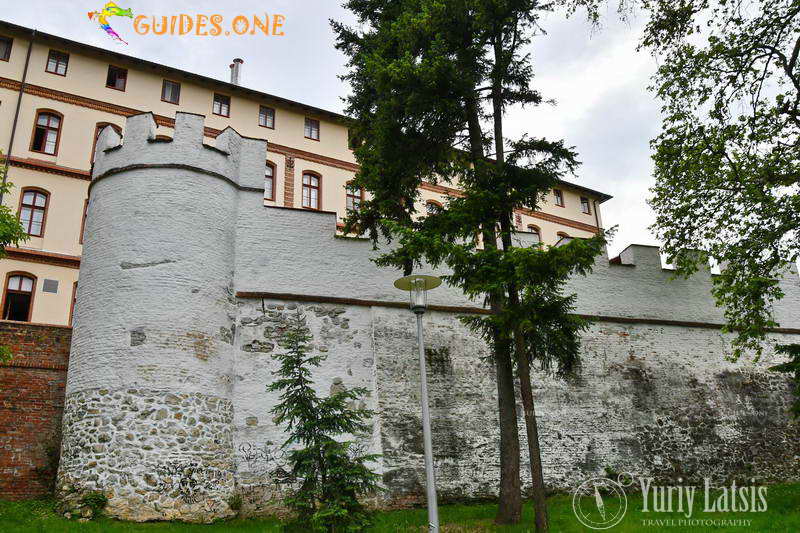
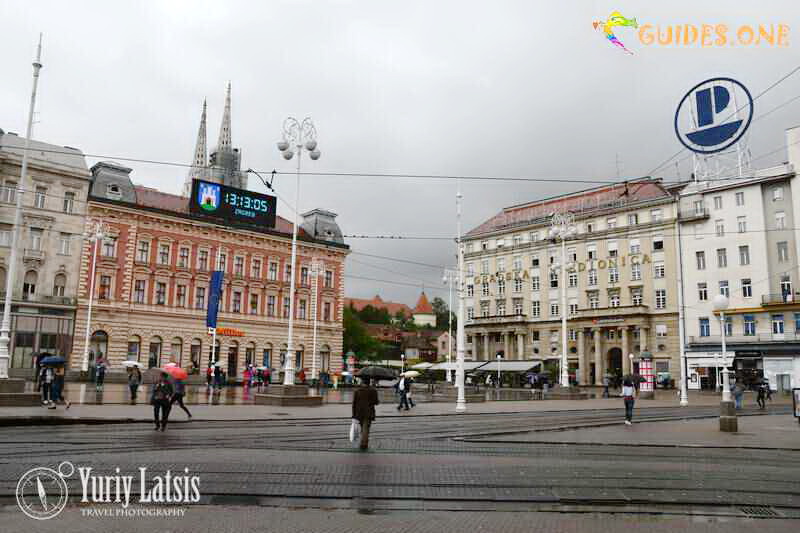
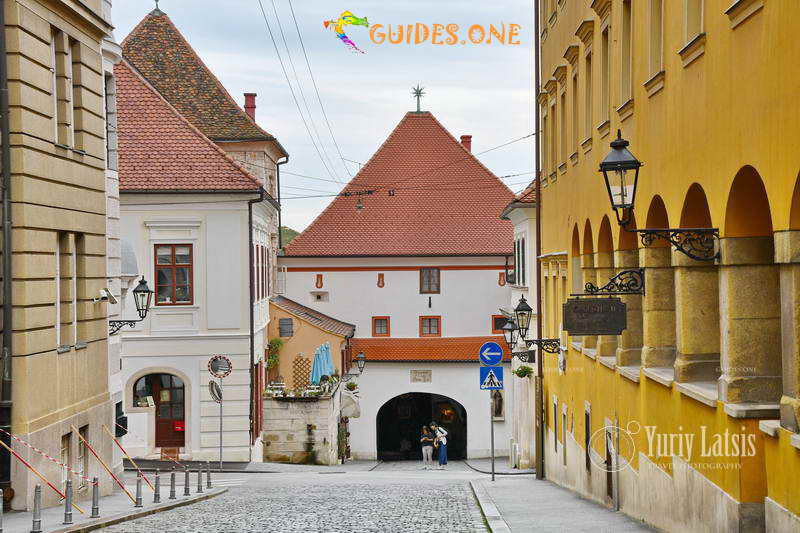
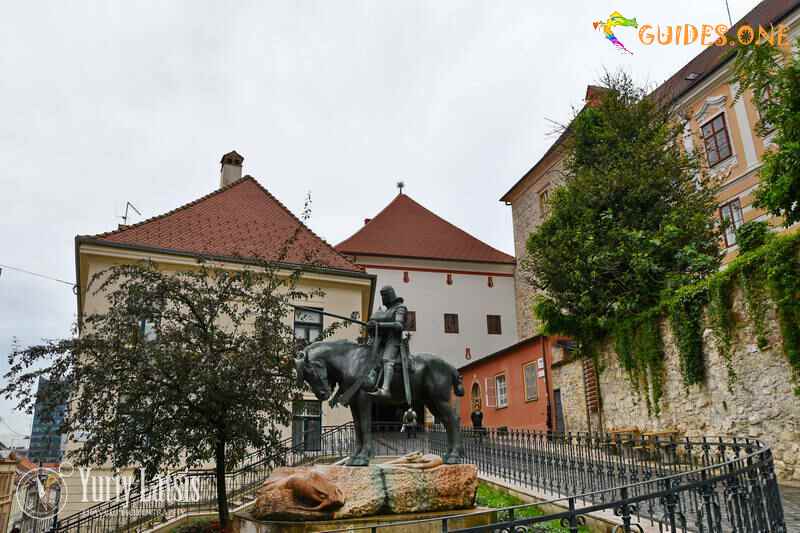
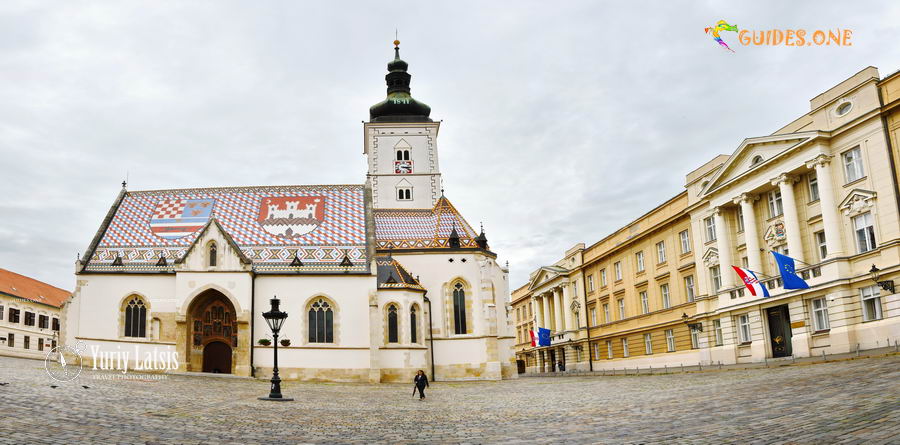
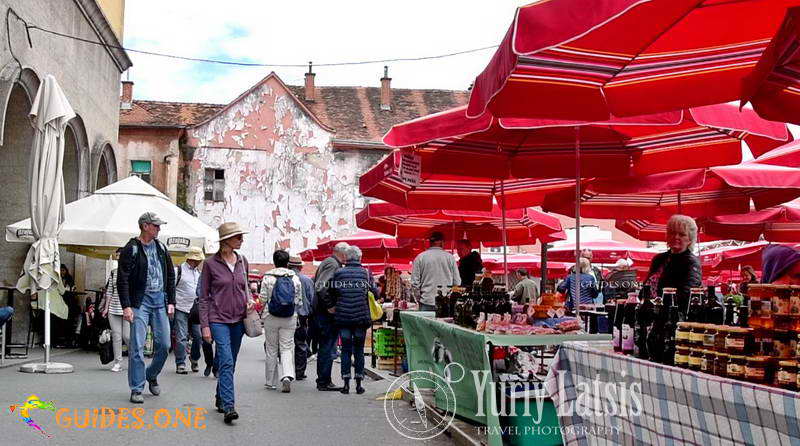
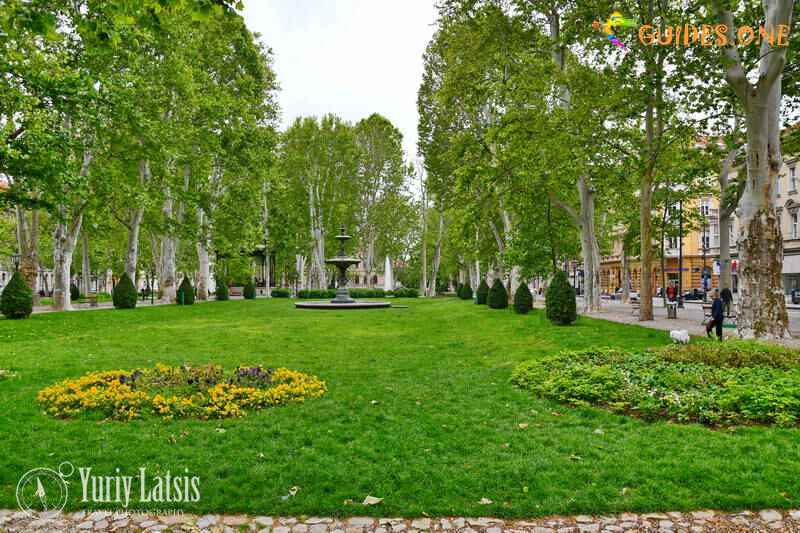
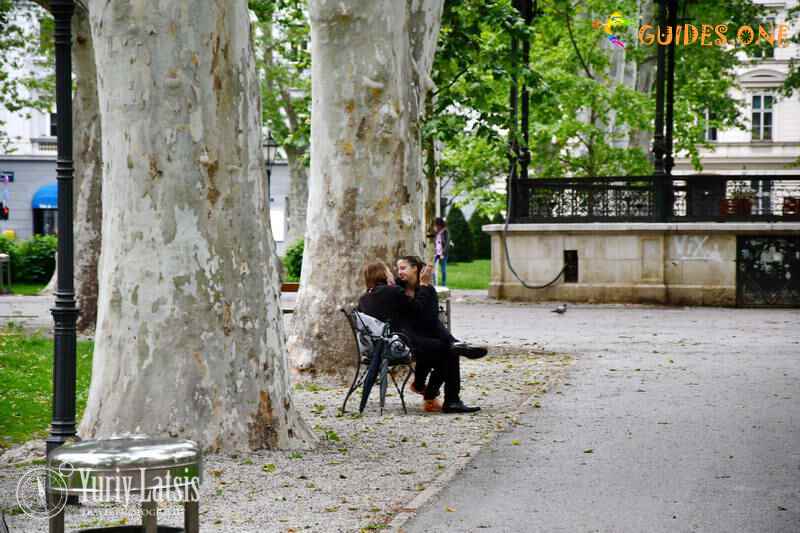
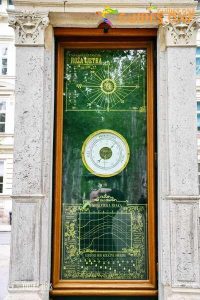
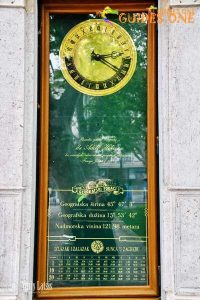
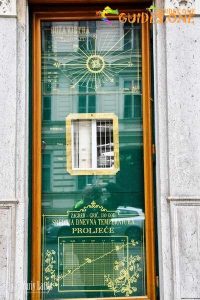
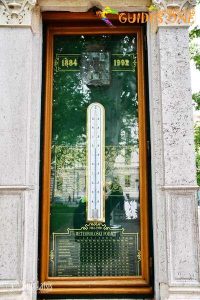
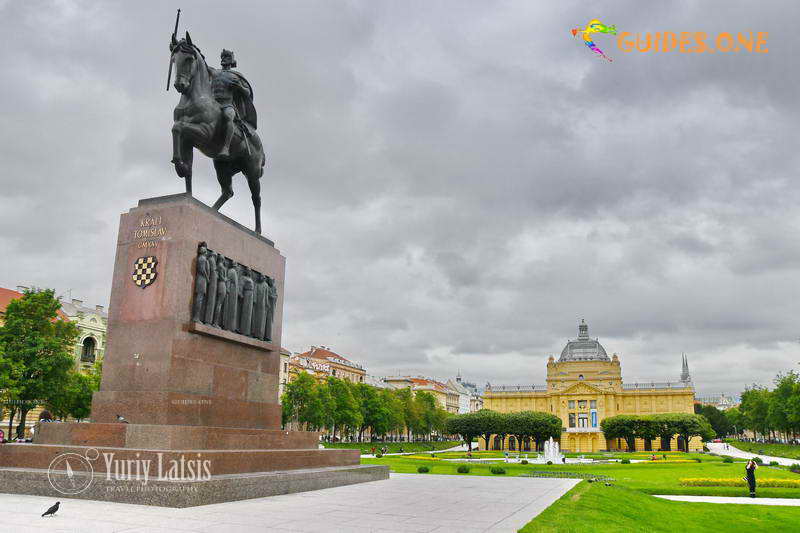
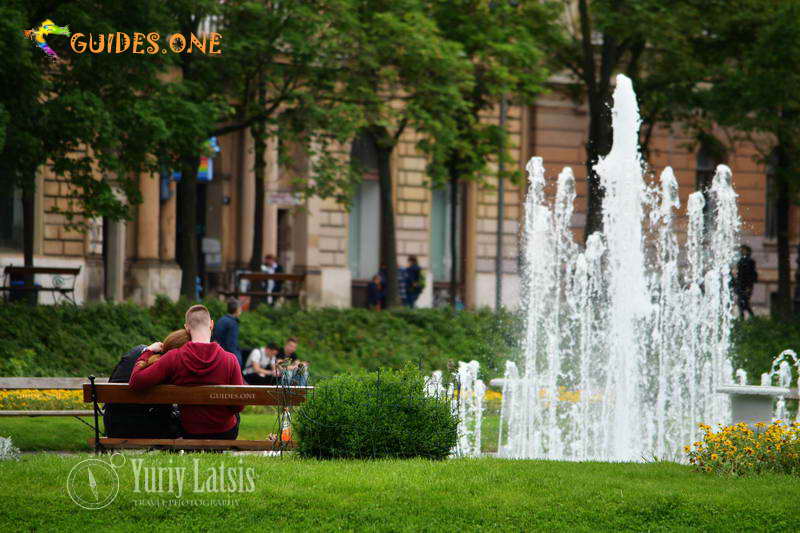
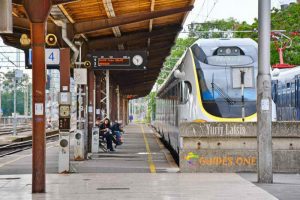
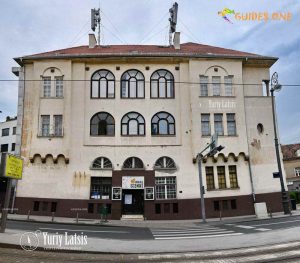
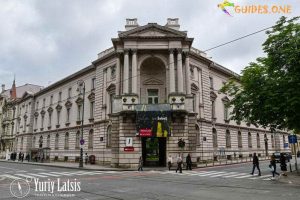
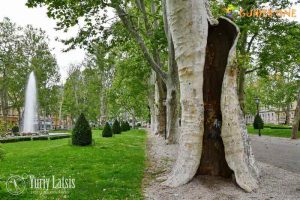
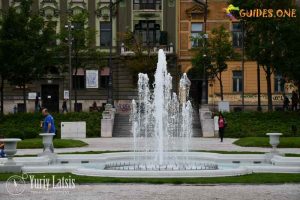
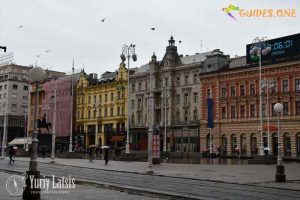
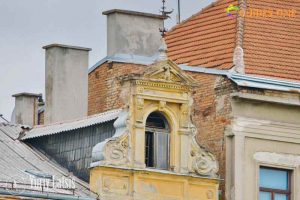
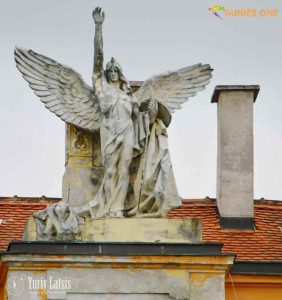
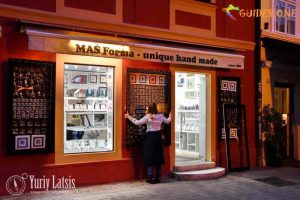
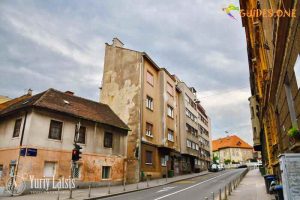
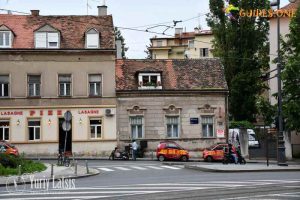
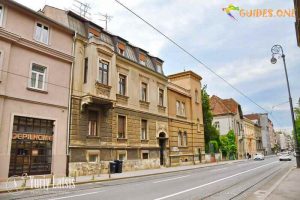
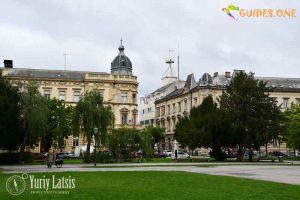
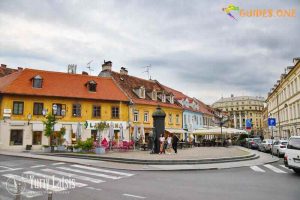
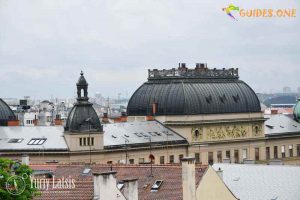
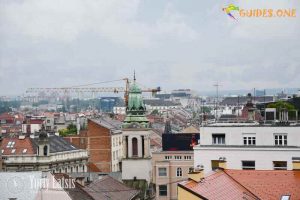
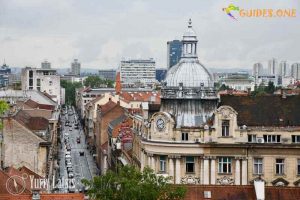
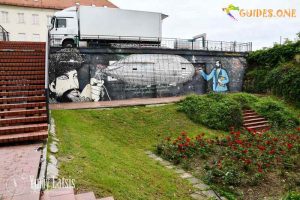
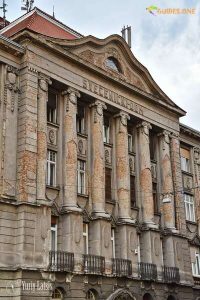
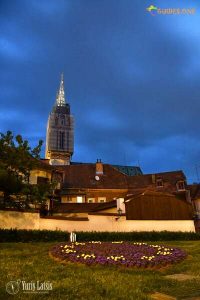
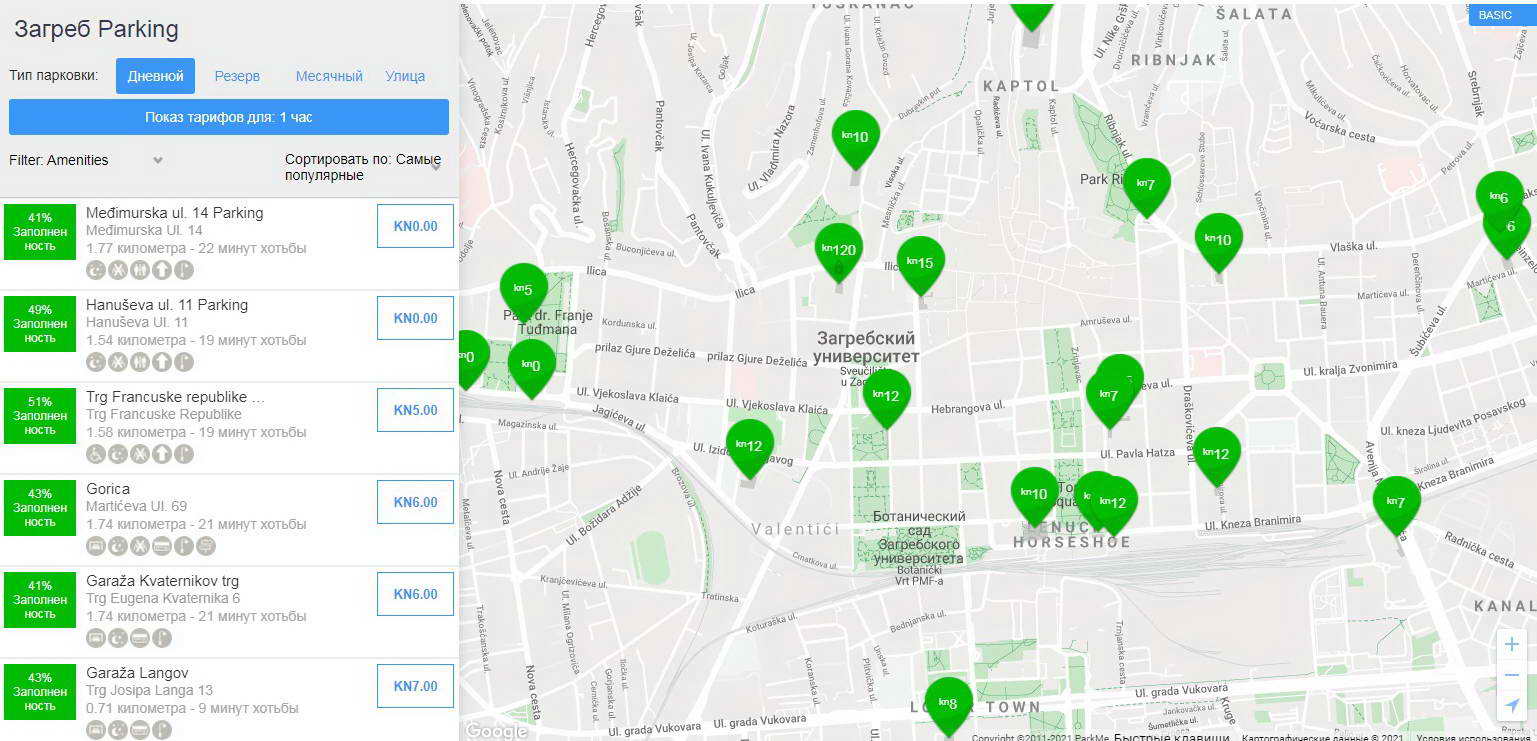
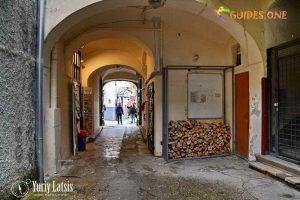
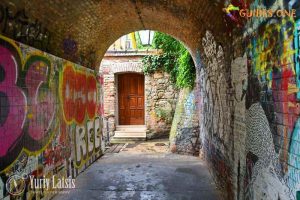
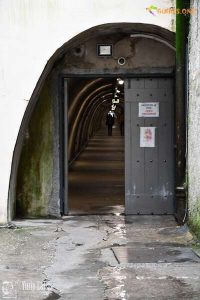
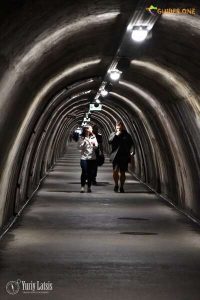
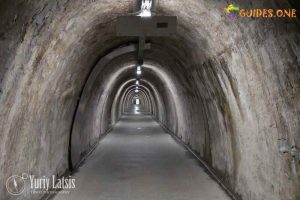
0 Comments